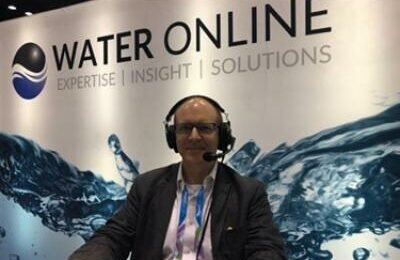Water is essential for life, as well as for many of the pleasures of life. Countless people take water for granted. However, more goes into municipal water treatment and delivery than most realize.
Municipal water systems serve nearly 9 out of 10 Americans, but many municipalities are now facing or expect to face significant challenges in supplying clean, safe drinking water to their residents. Let’s take a look at some of the reasons municipal water systems are struggling, along with potential solutions to these issues.
Aging Water Infrastructure and Cost of Maintenance
Many of the nation’s water systems were put in place decades or even over a century ago. As these systems age and require upgrades or replacement of pipes, tanks, valves and other components, the cost of improvements needed to return America’s water infrastructure to acceptable standards has risen to an estimated $1 trillion over the next two decades – even as federal funding for these improvements has fallen.
Routine maintenance, too, presents a challenge. Not all communities, especially smaller ones, have the budget or expertise needed to ensure safe and proper water system handling.
For some municipalities, the financial burden is too high: The sale of public water infrastructure to private companies is a growing trend. While this solution can solve the immediate problem for financially stressed municipalities, it’s not always welcomed by residents who must foot the bill in the form of rate hikes instituted by for-profit water providers.
Meeting Water Regulations and Expectations
Increasing awareness of environmental issues has led to stricter water supply regulations over the past few decades. While no one can argue with the importance of protecting our water supply, many communities lack the budget and/or expertise to meet these requirements effectively.
One solution to all of the above issues is to form public-private partnerships (PPPs), in which municipalities outsource some of the water system maintenance to private companies. This has worked well in some areas, especially in smaller communities where investing in the necessary equipment to upgrade a water system is cost prohibitive. Municipalities can and should also look into innovative water system solutions to help reduce the cost of maintenance and upgrades.
Dealing With Drought
Another issue facing many communities – especially in the western U.S. – is drought. The past few decades have seen major drought conditions in myriad states. While drought has always been a fact of life, population growth combined with the lowering of the water table in many areas as well as water theft has intensified its impact on numerous municipal water providers.
Having a drought protection plan in place is a wise move for any water provider – especially those in drought-prone areas. Such a plan can include identifying alternate water sources, community education and implementing water conservation measures. The latter can include many solutions: from leak detection programs to installing line stop fittings that enable uninterrupted water supply during system maintenance – eliminating the need to drain the system for repairs.
Looking for Municipal Water System Solutions?
These are just a few of the many issues facing municipal water providers today. Hydra-Stop offers a number of solutions to help municipalities minimize water loss, prepare for drought and cost-effectively address their infrastructure needs. Contact us here to connect with a Hydra-Stop representative in your area.





